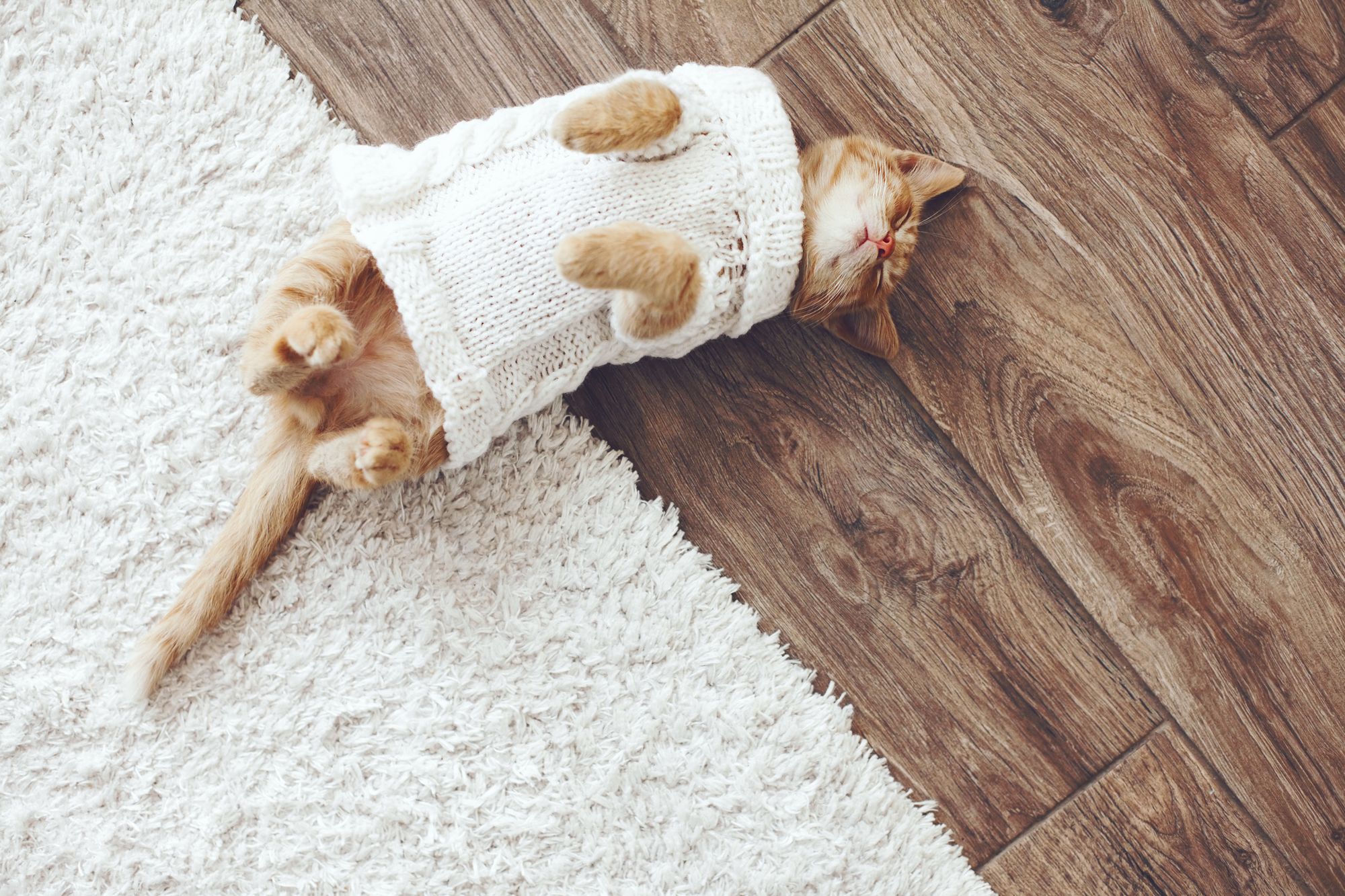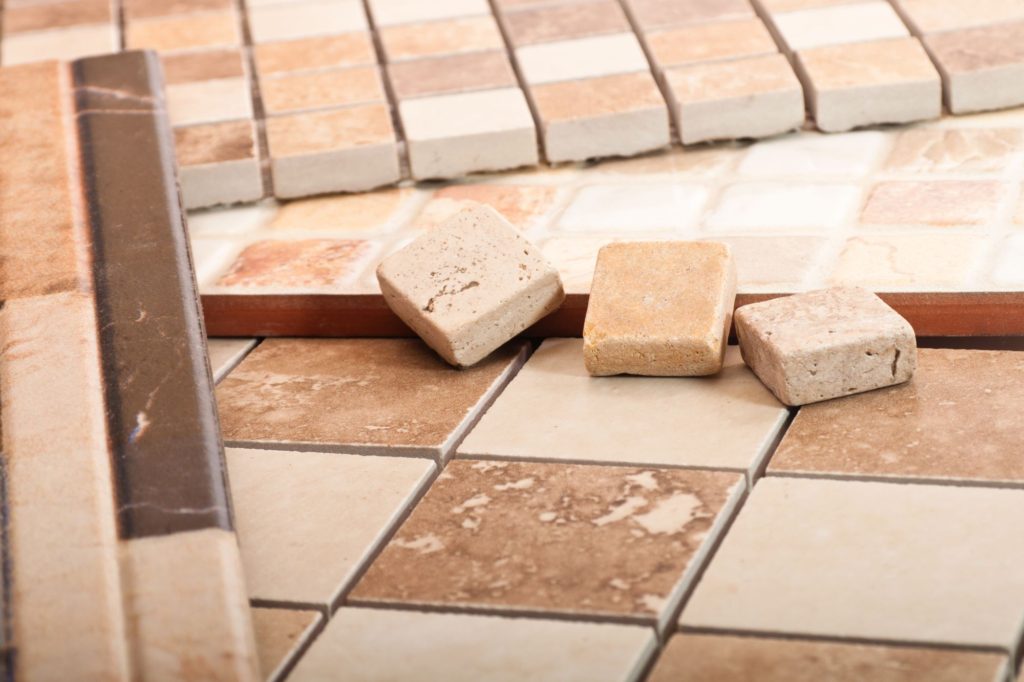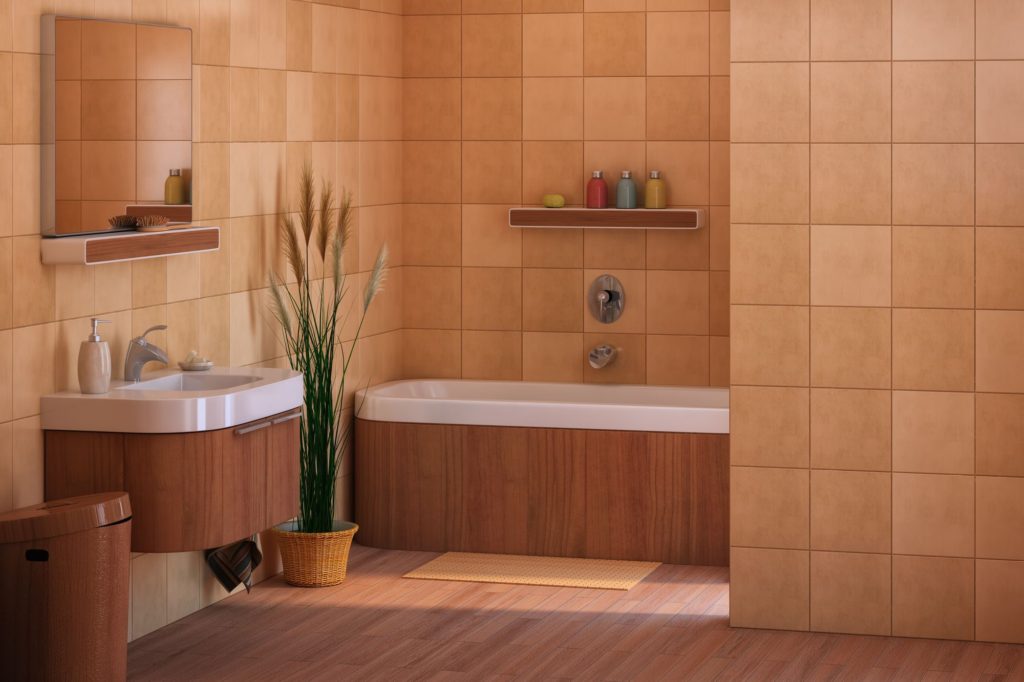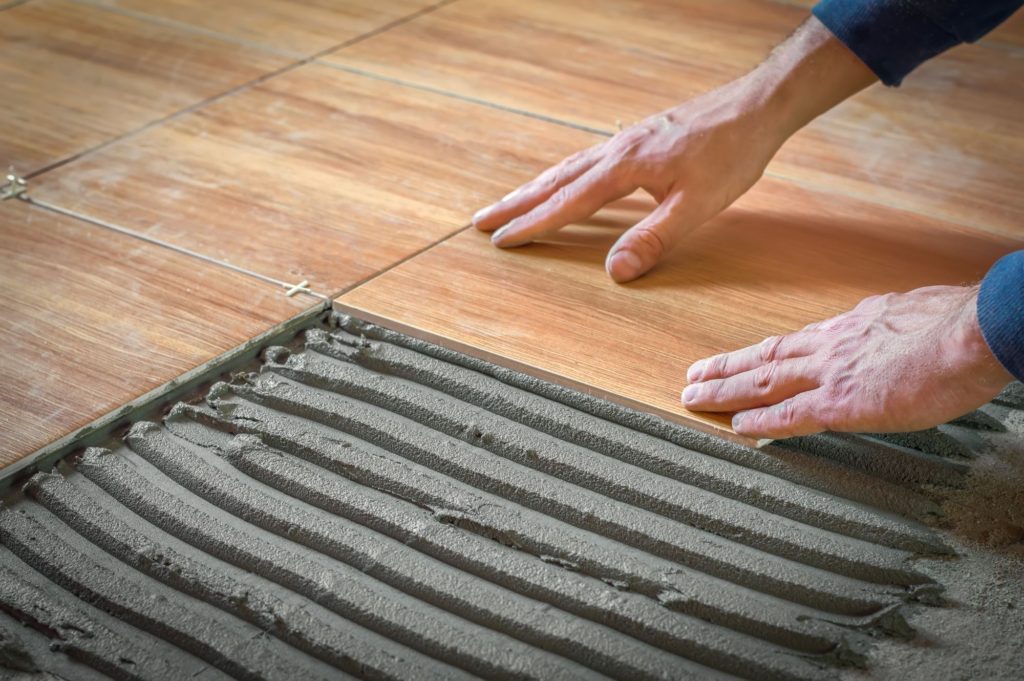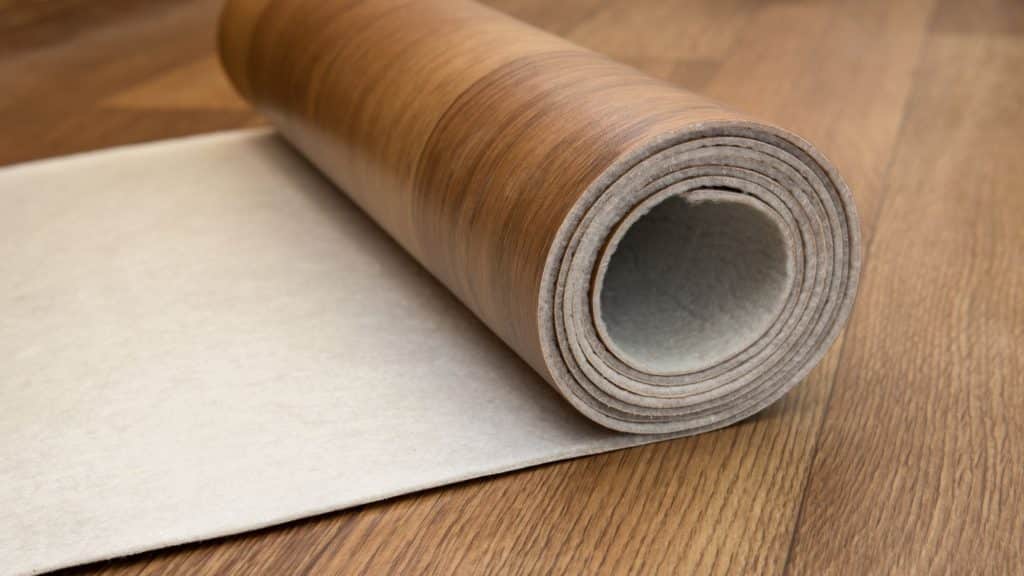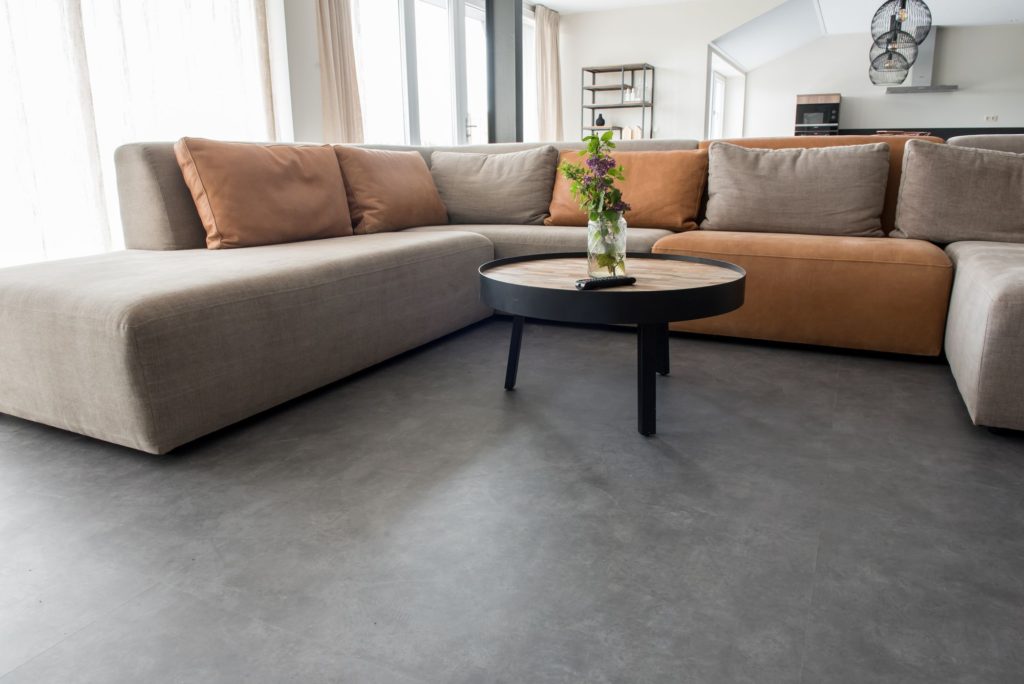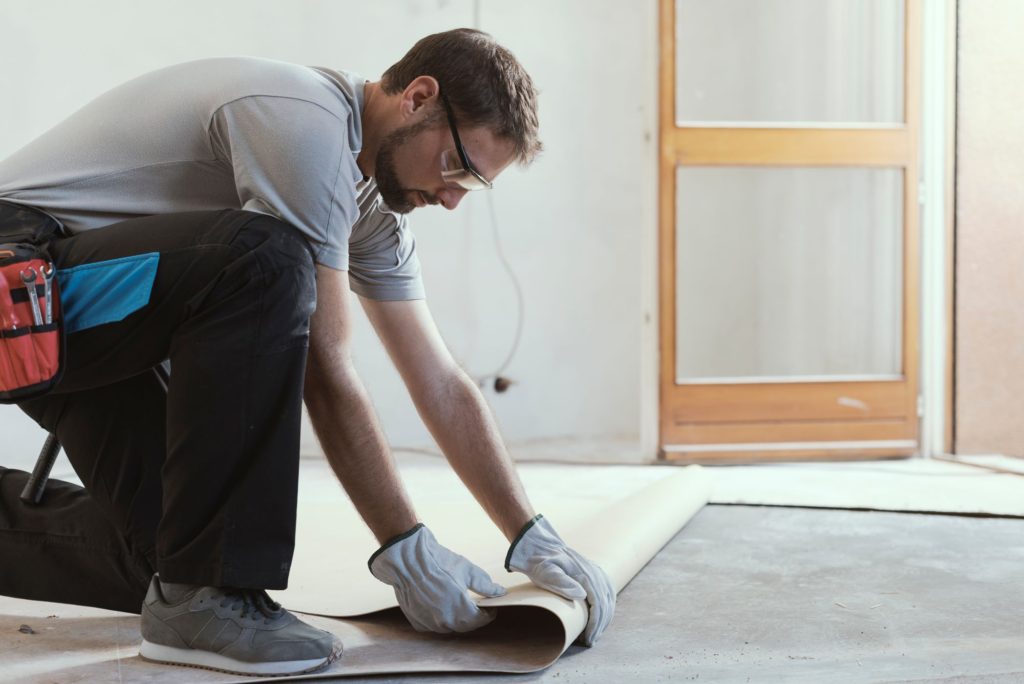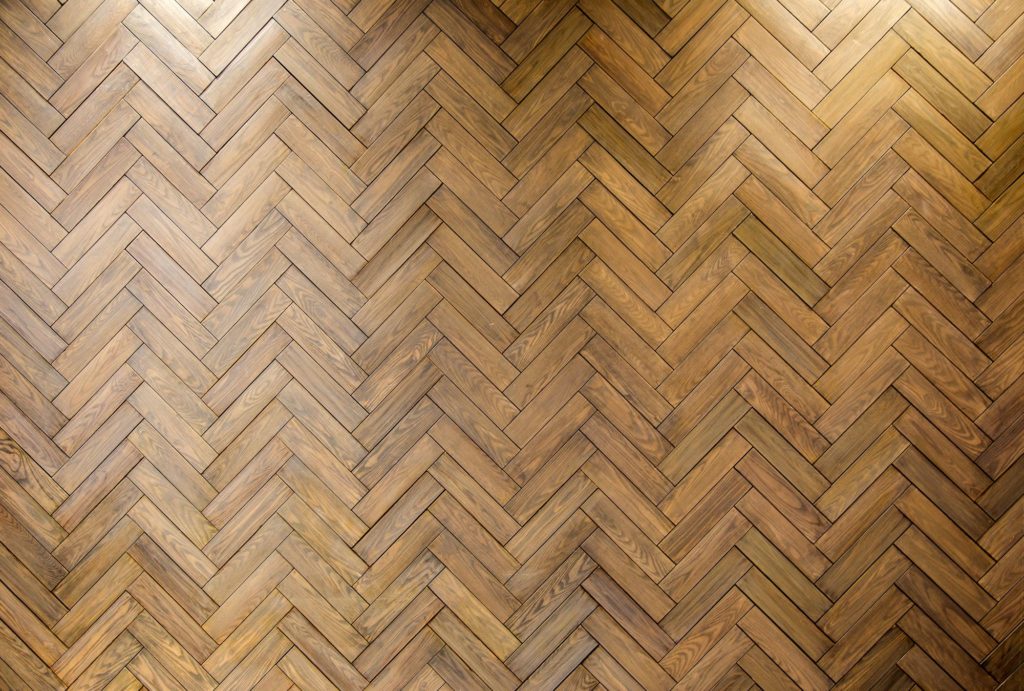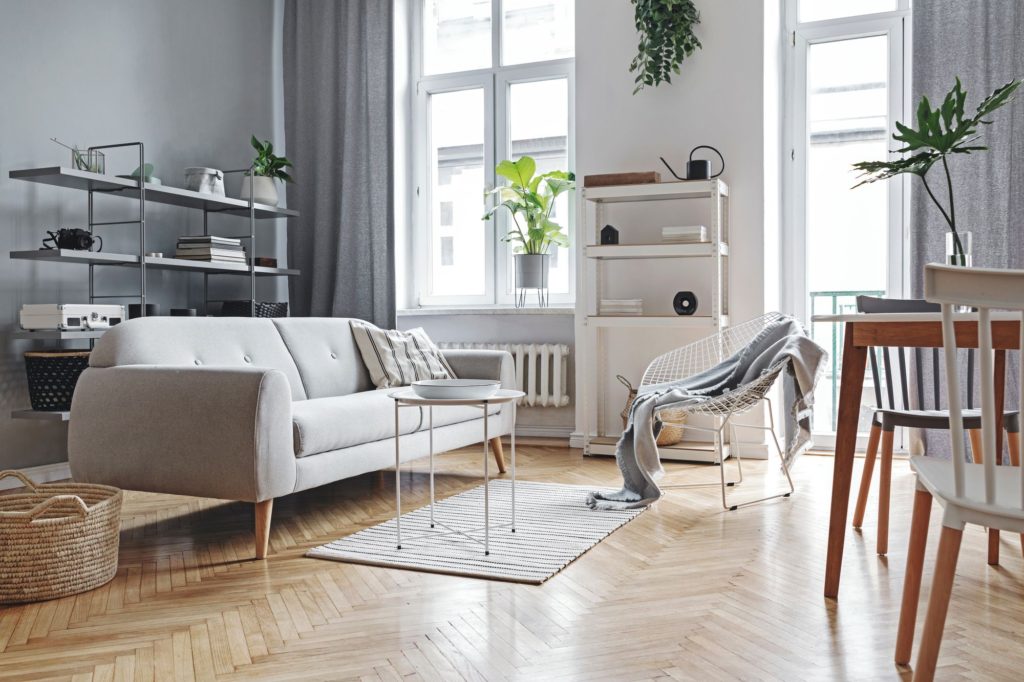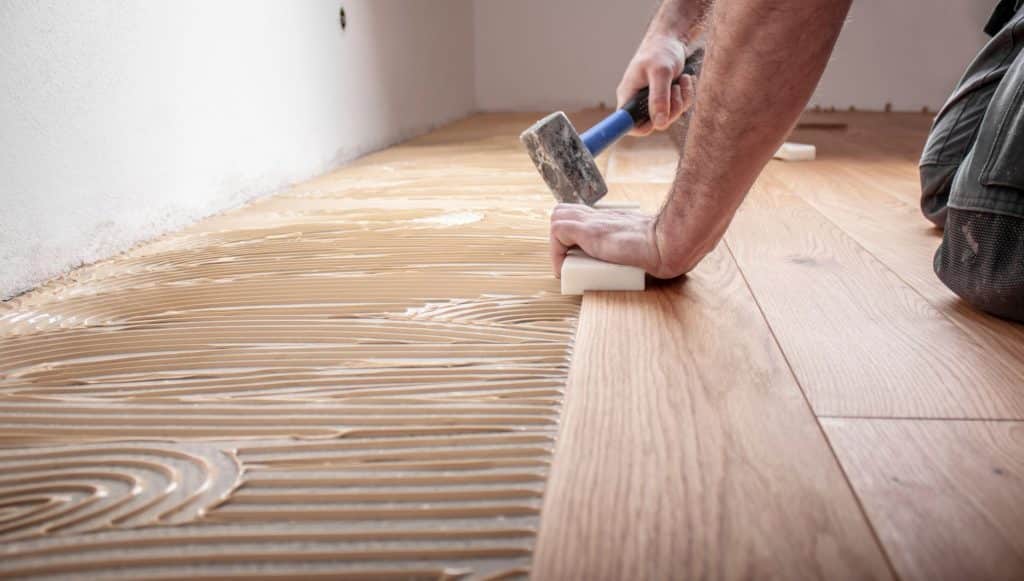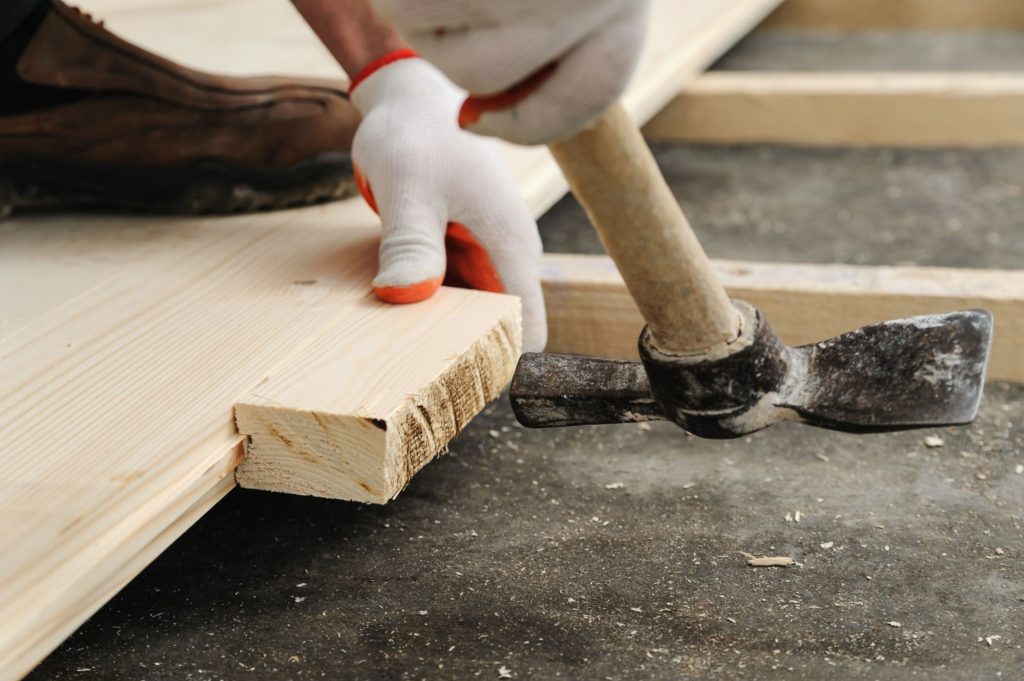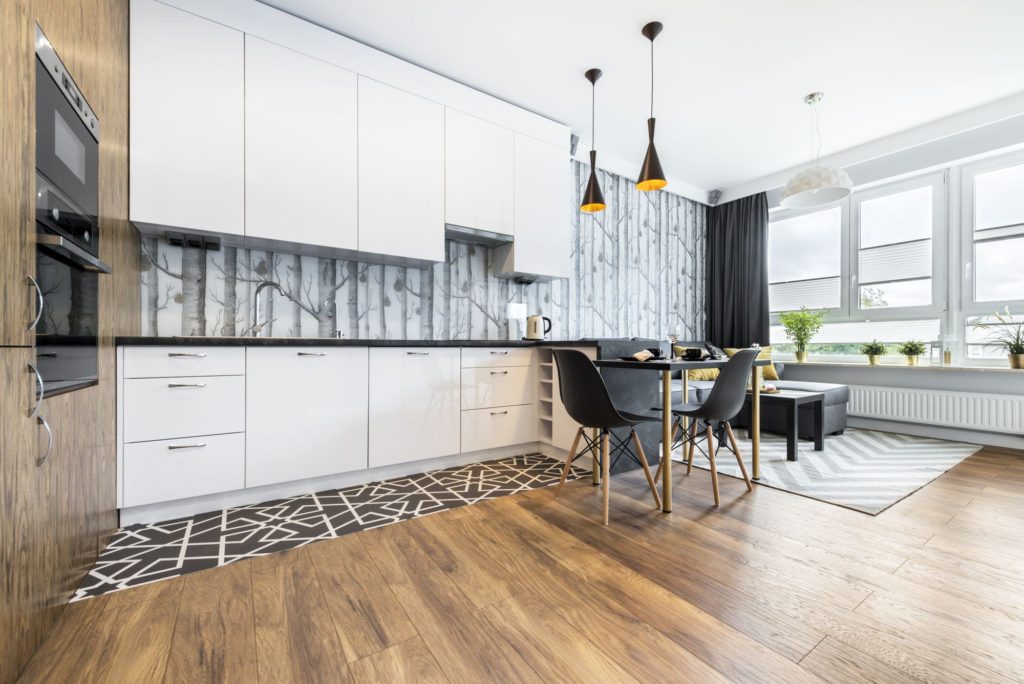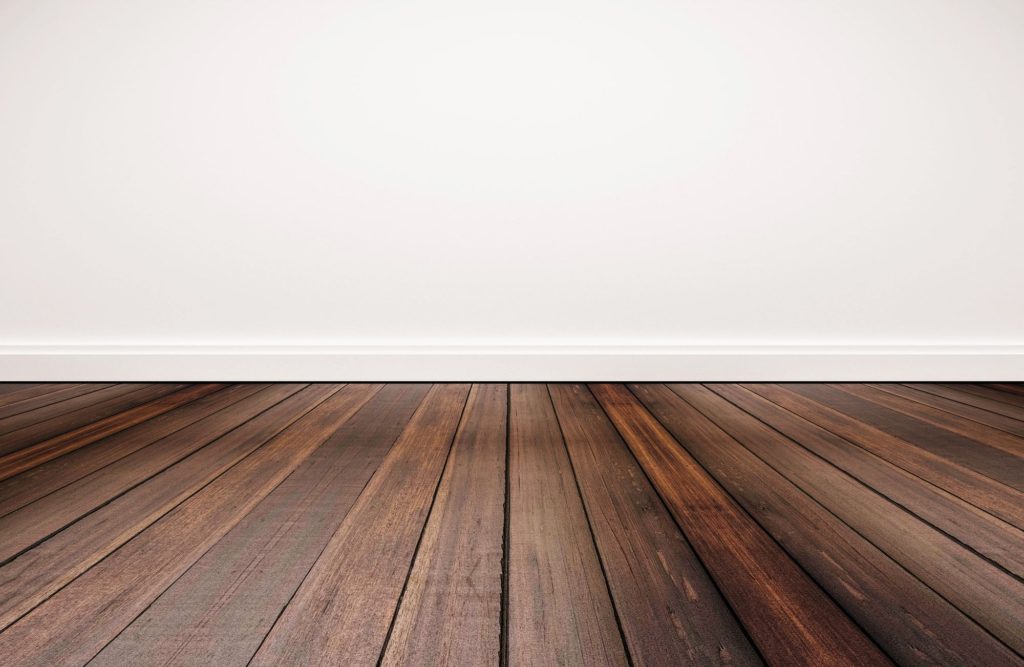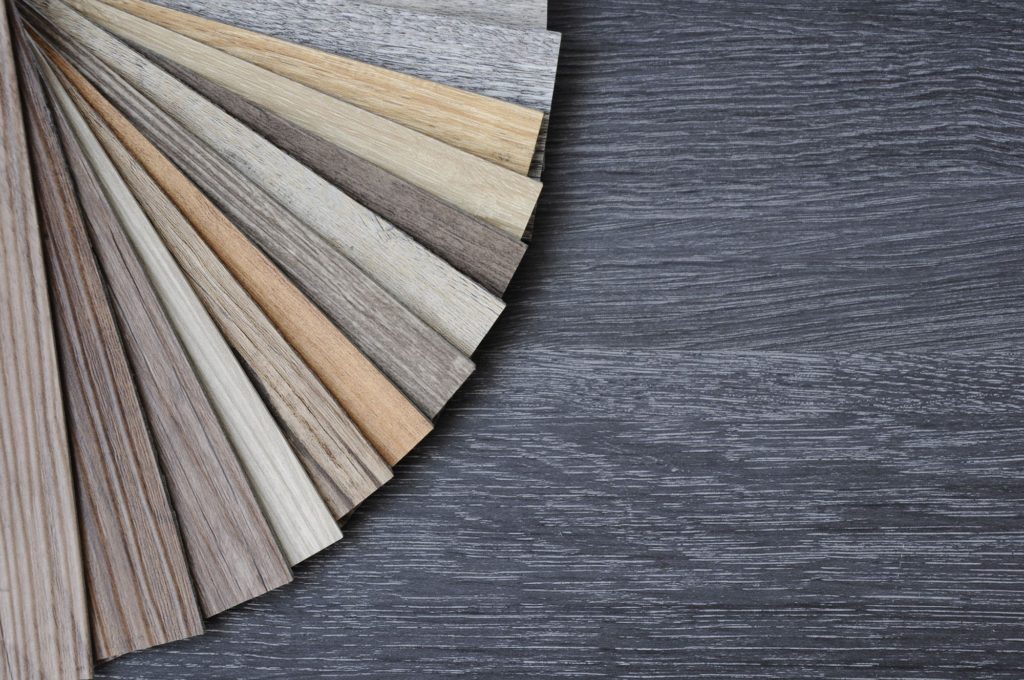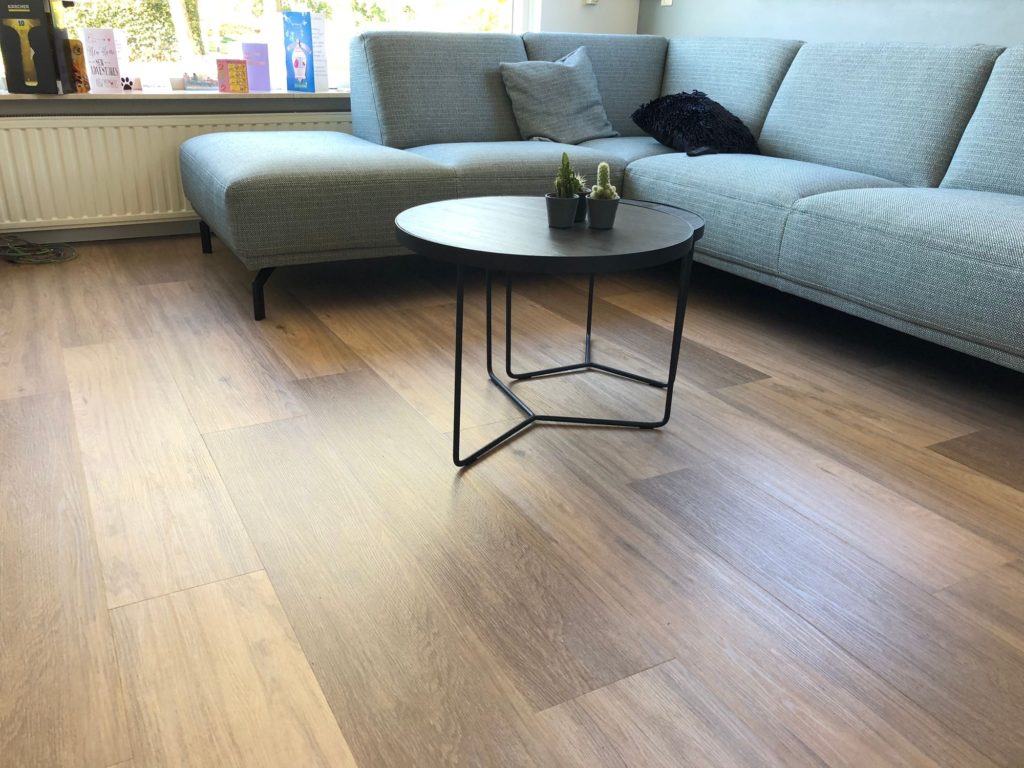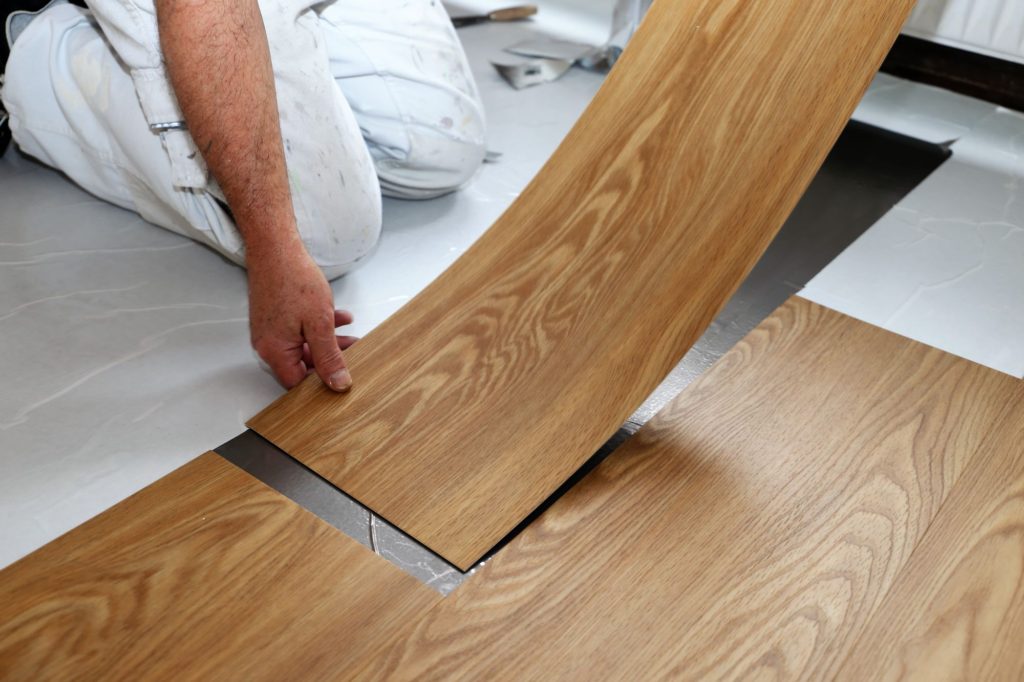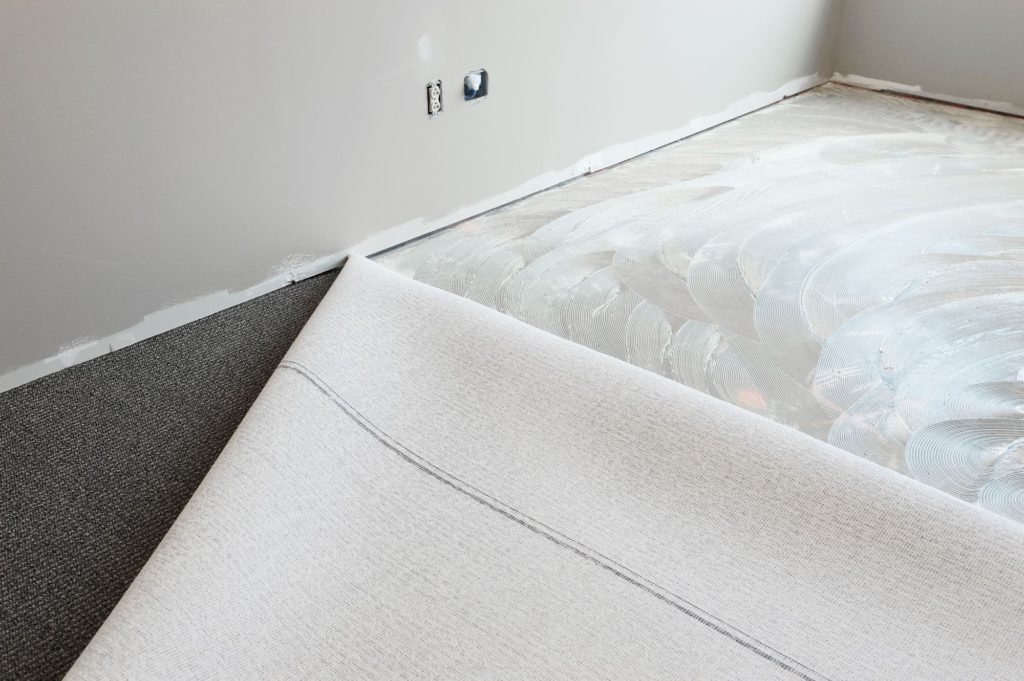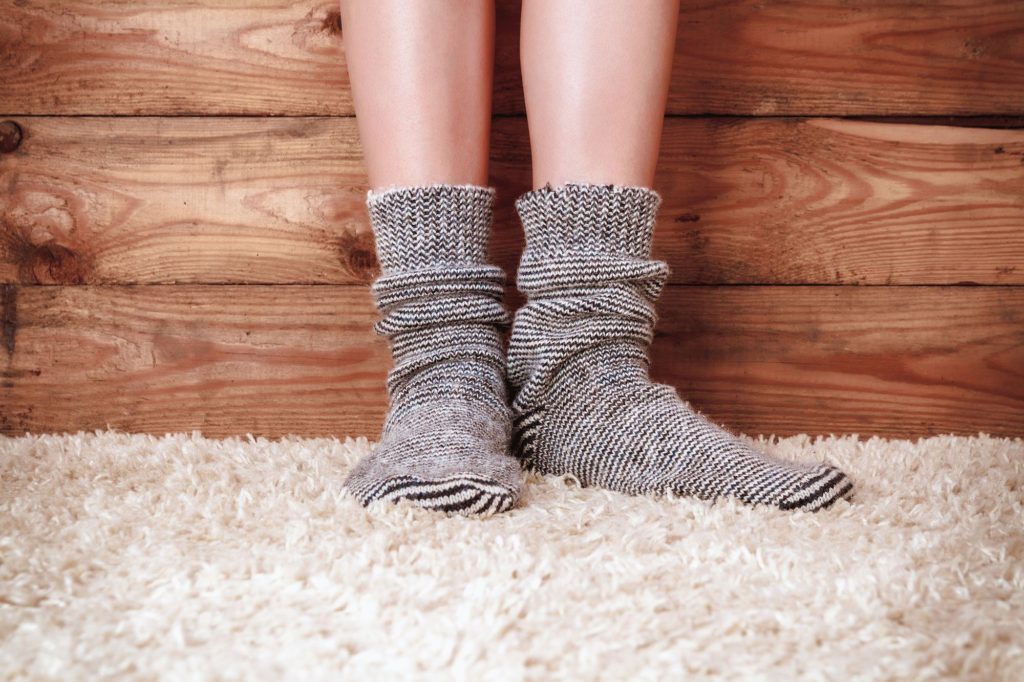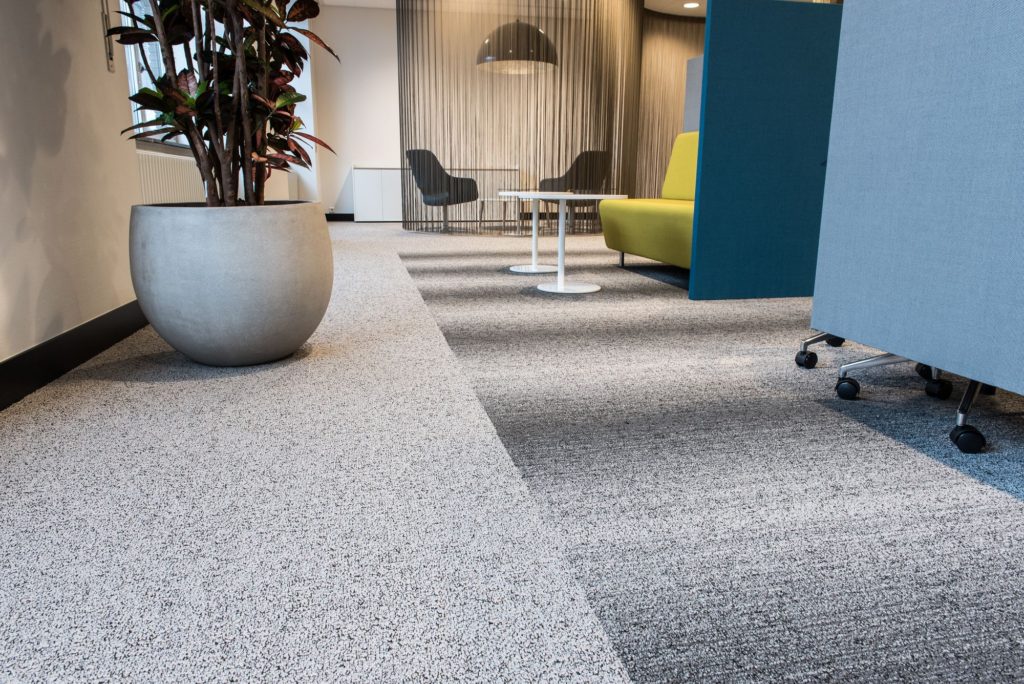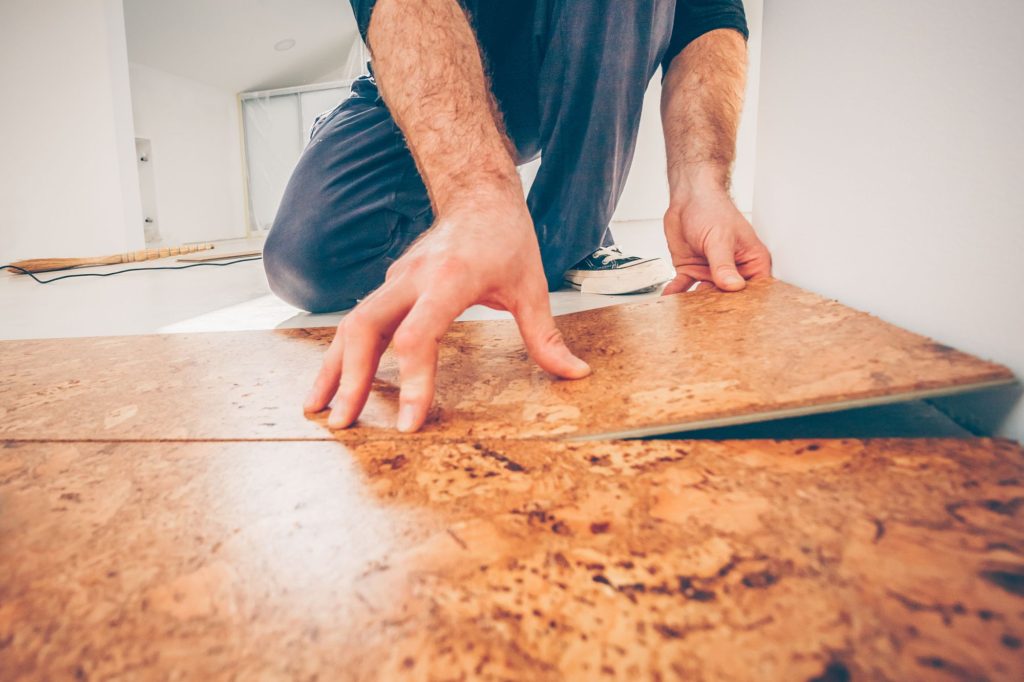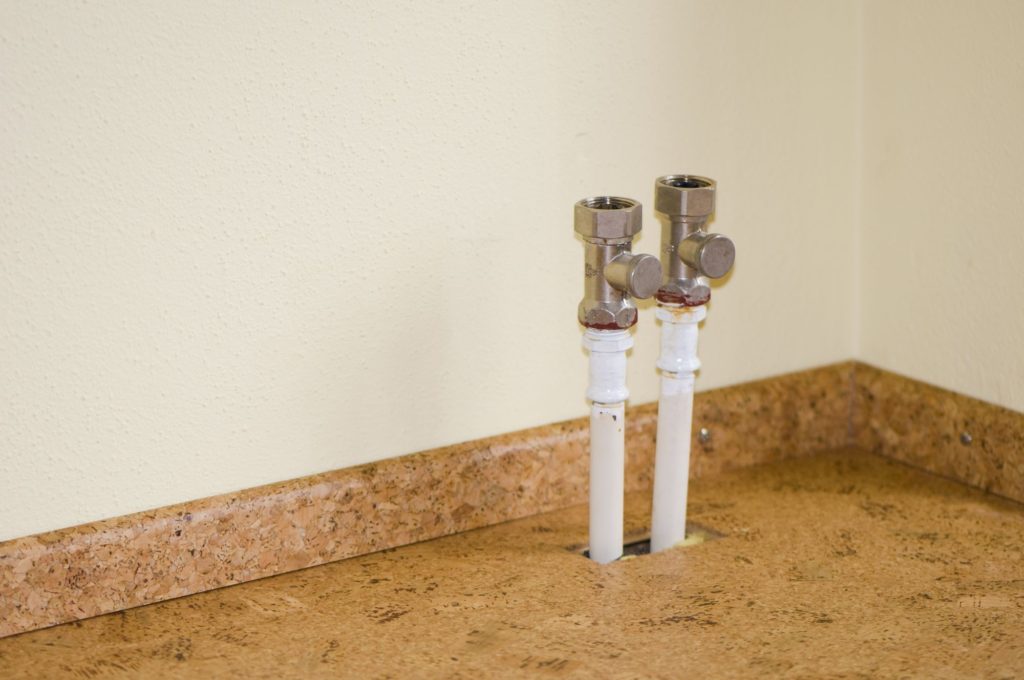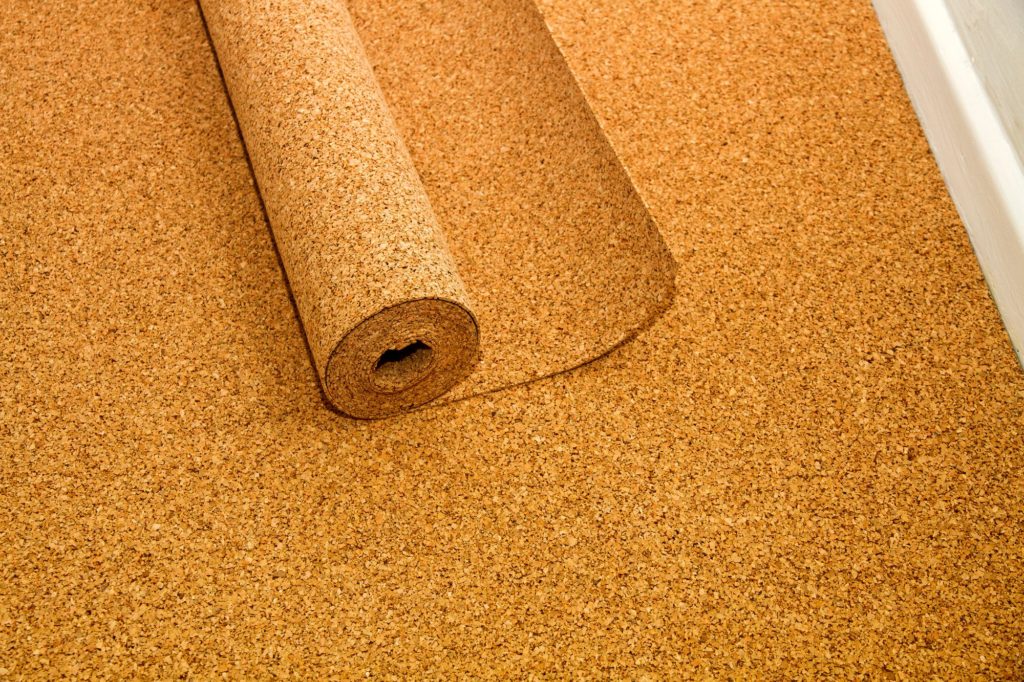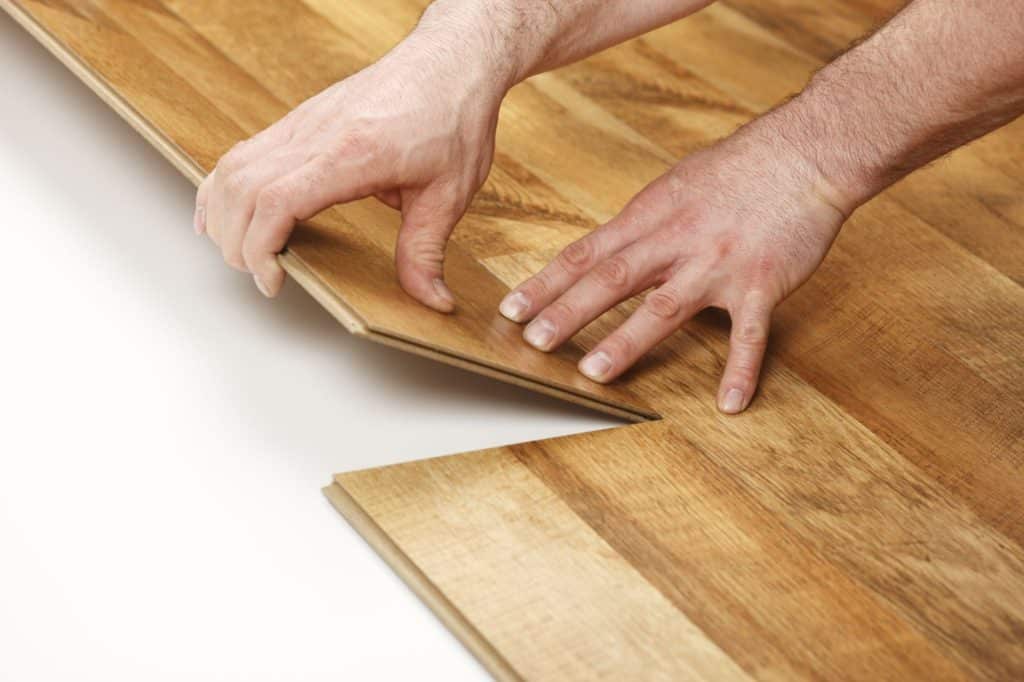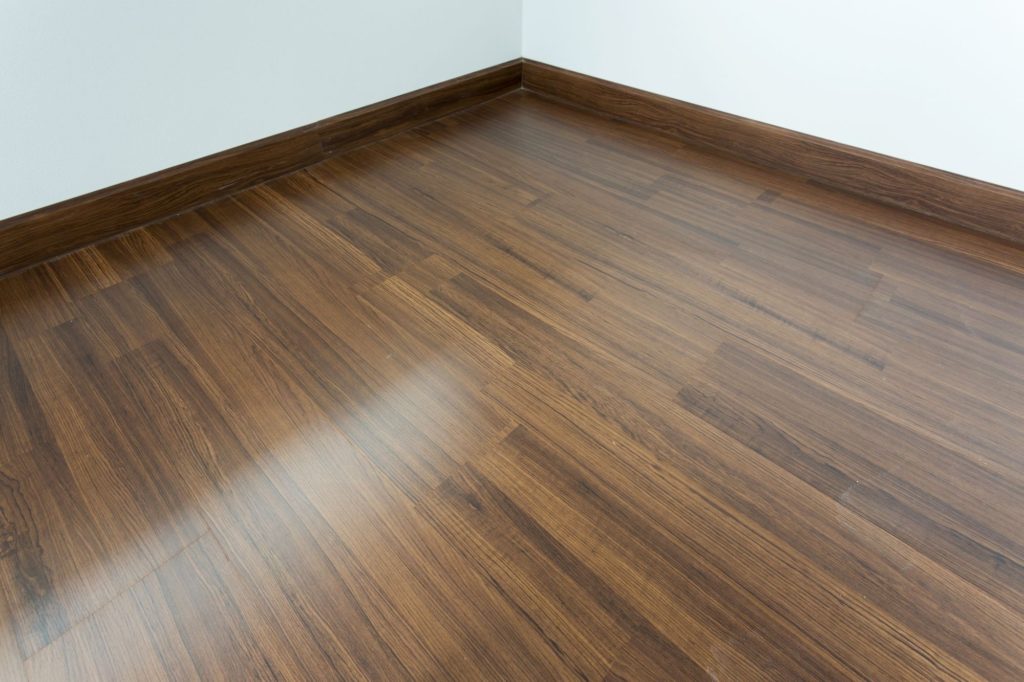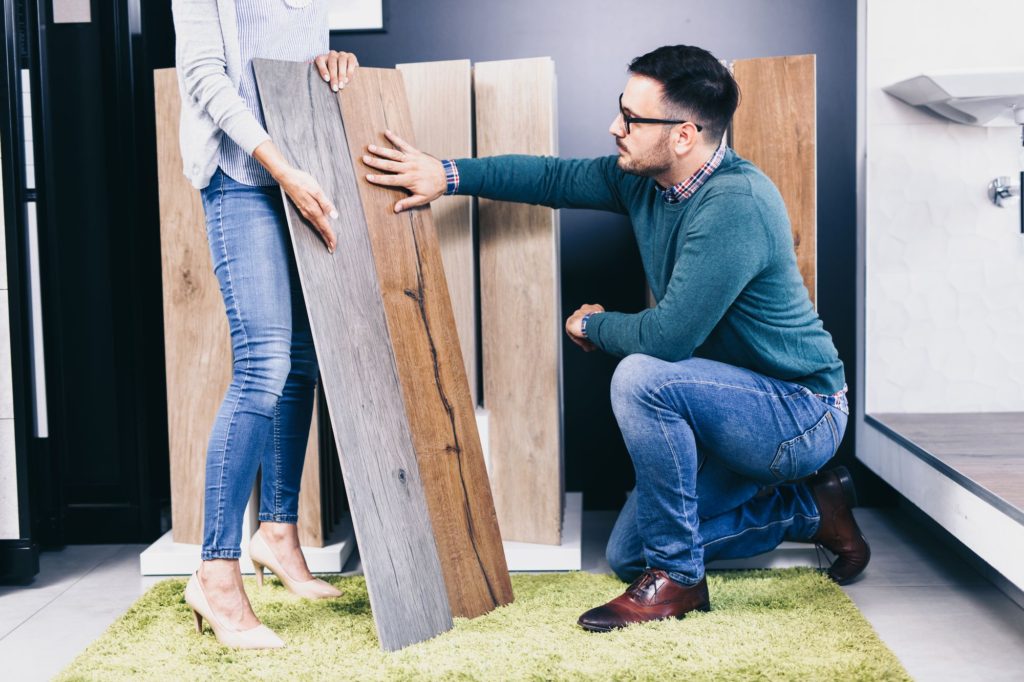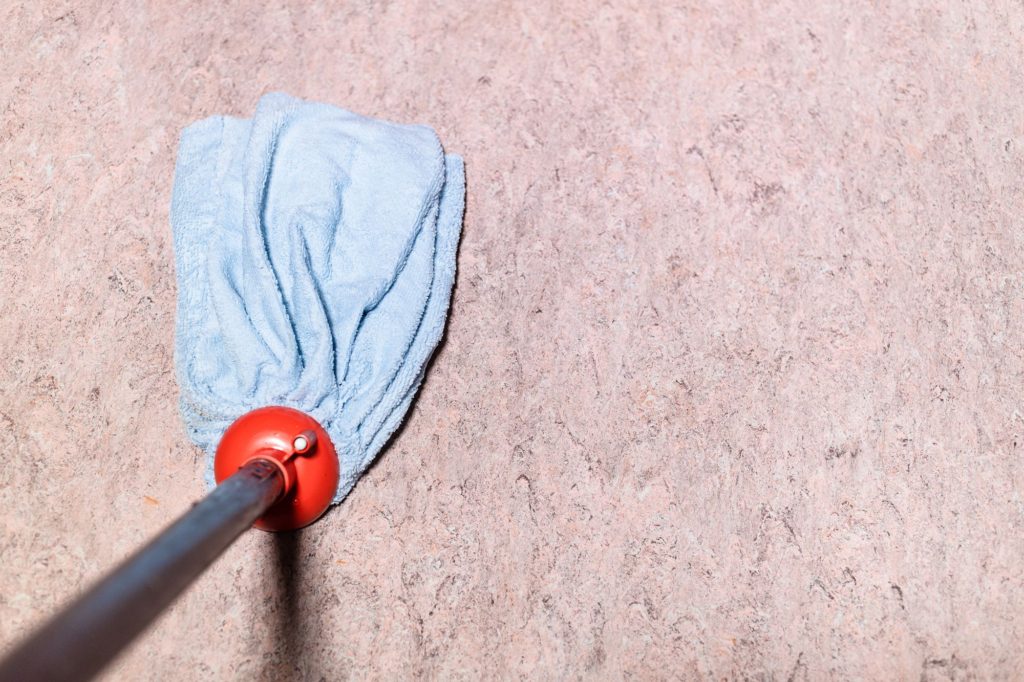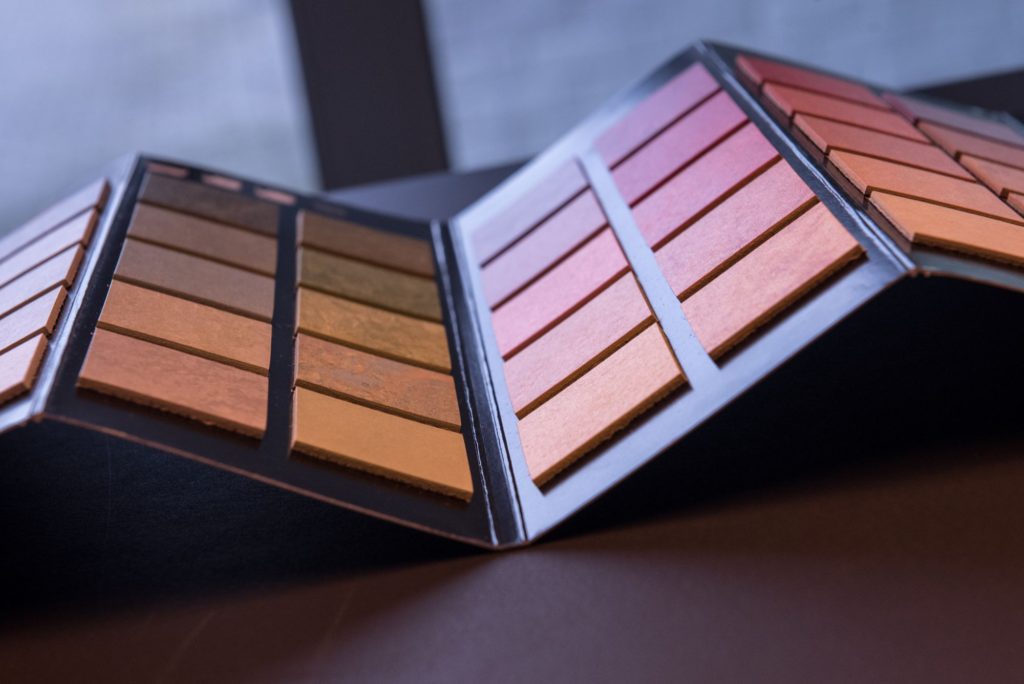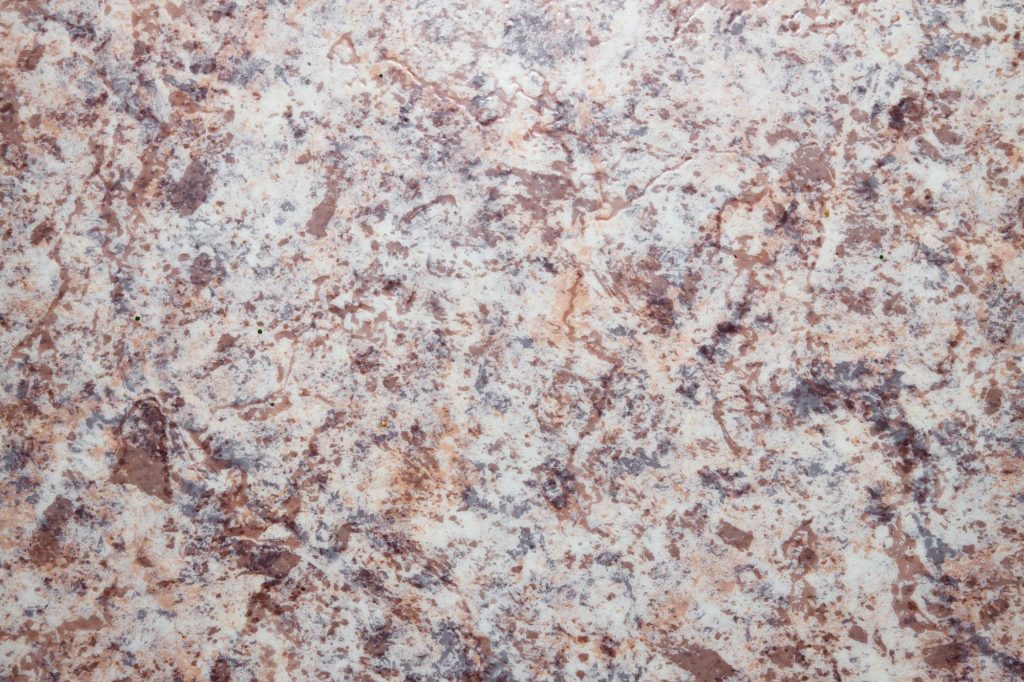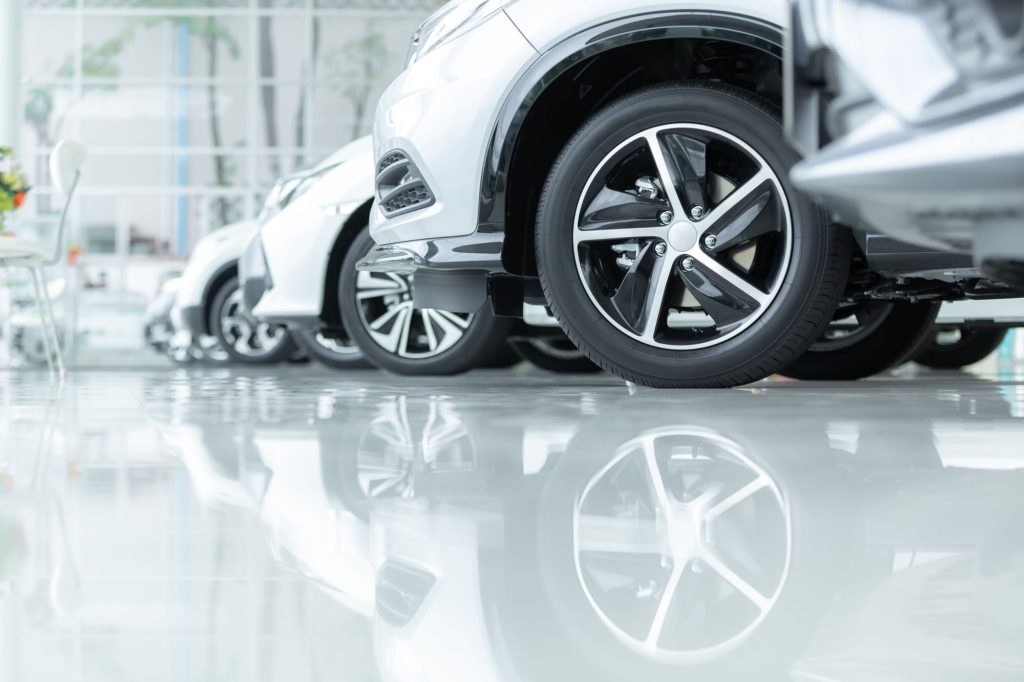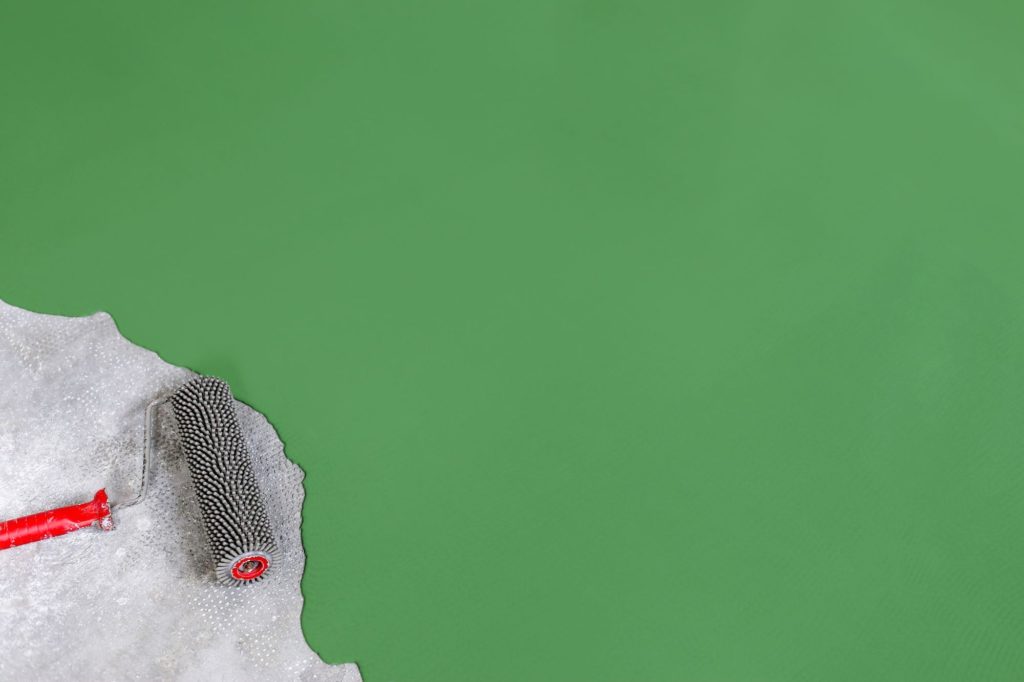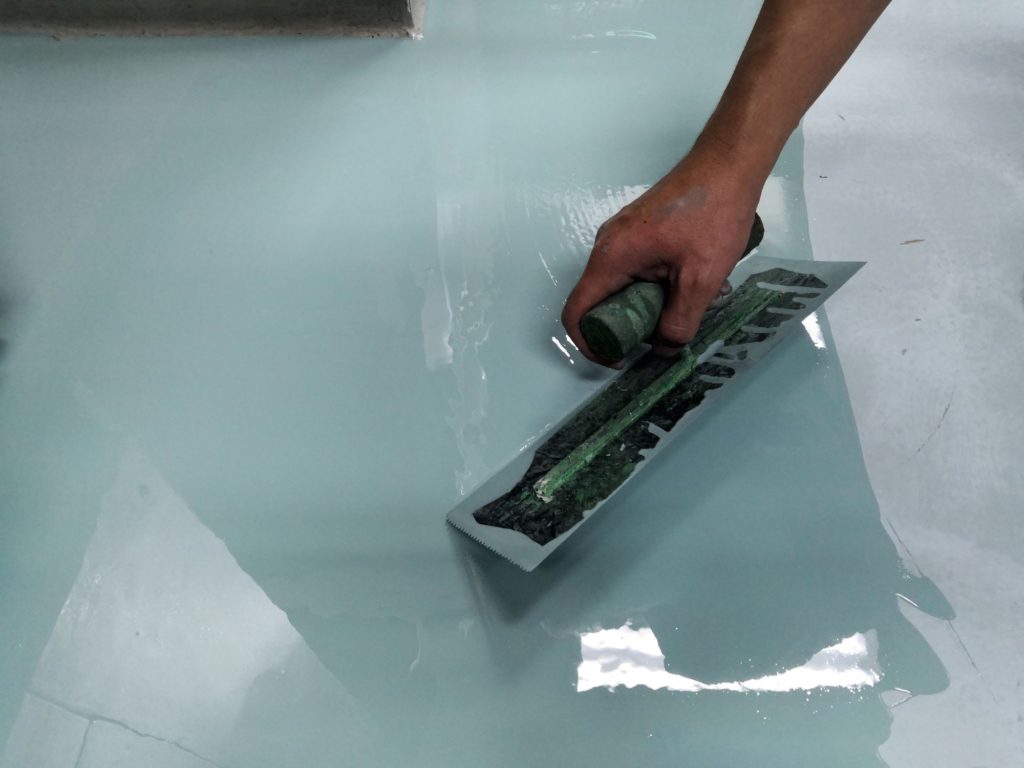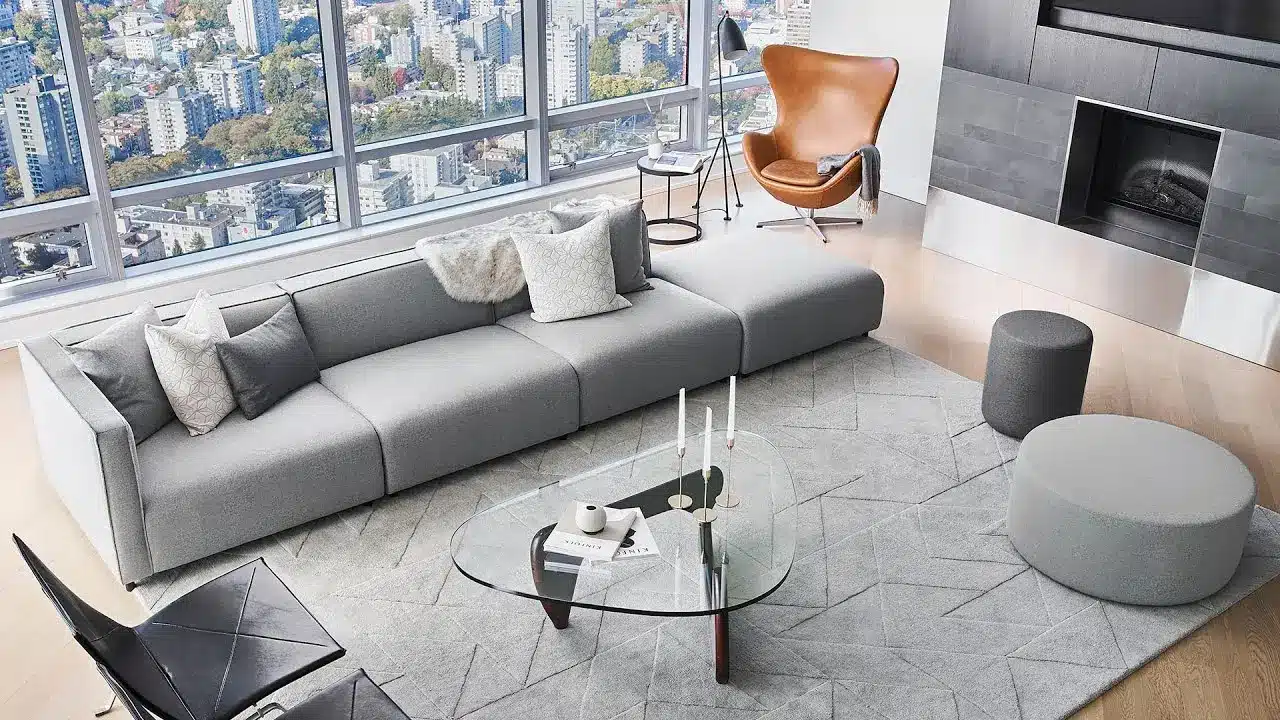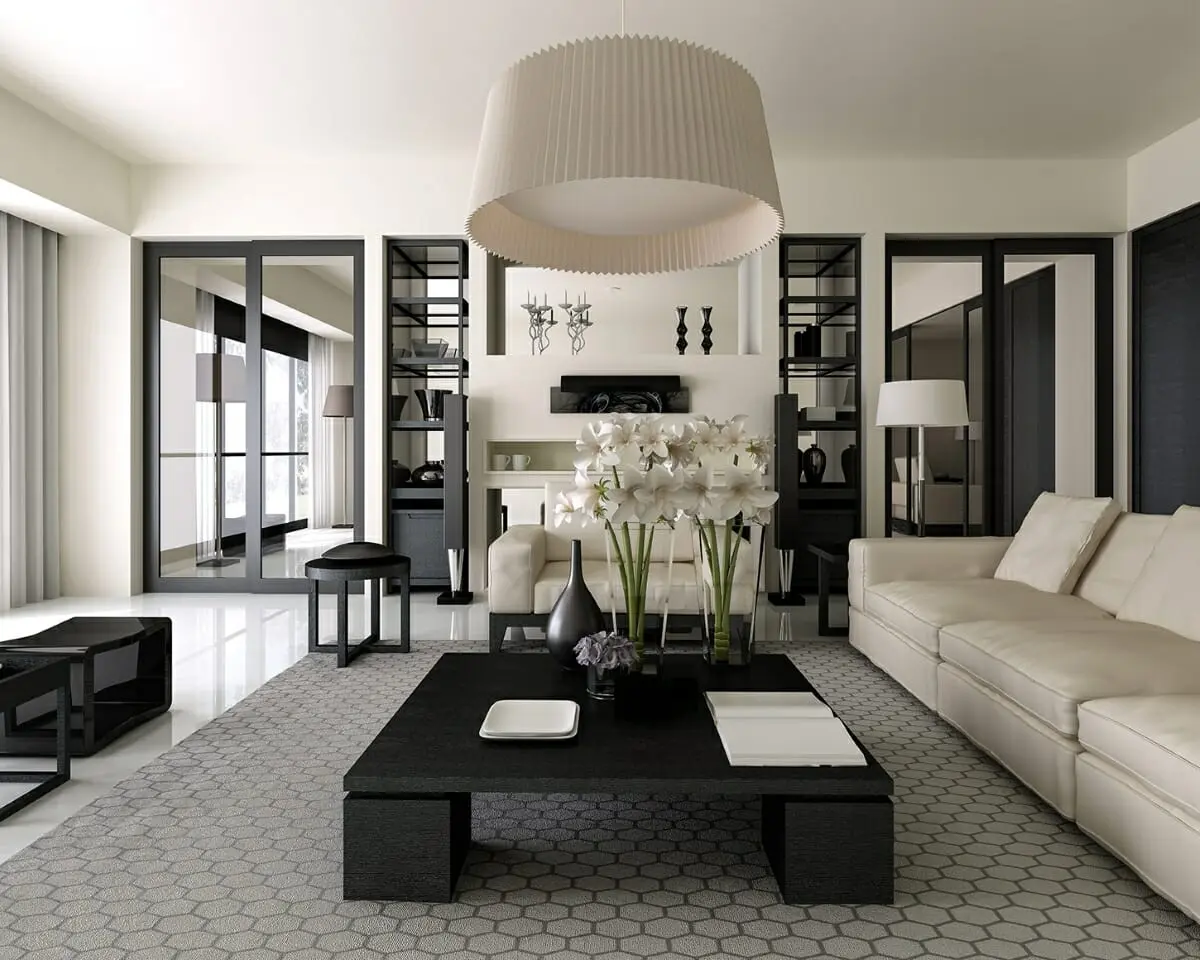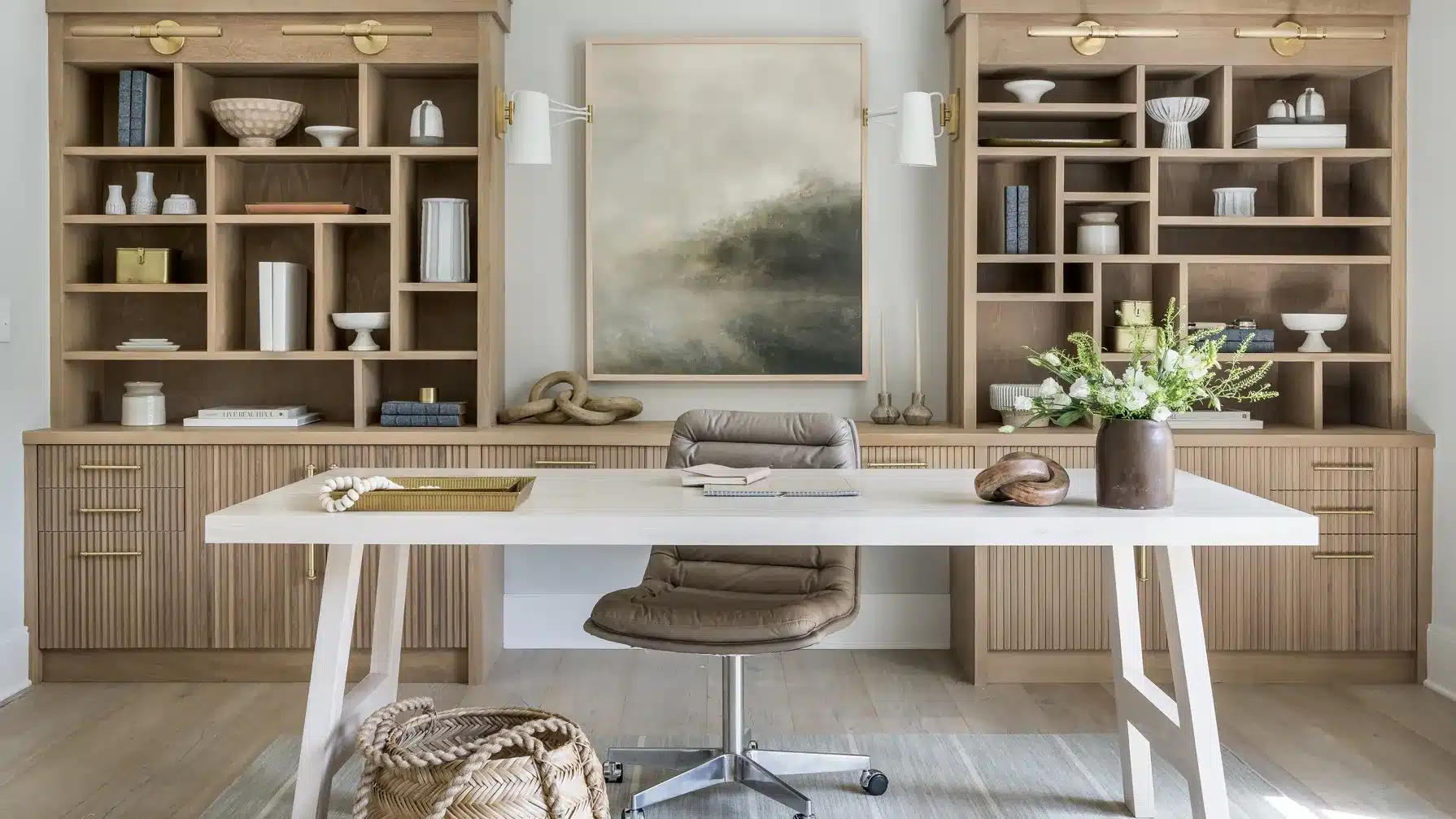Floor finishing plays an important role in the interior of any room. It is thanks to the right choice of material that you can create coziness and give the room a special atmosphere. Considering all the nuances and varieties of flooring, you can choose the ideal option that will satisfy all the needs of the buyer. It is also worth considering for which room you choose the type of coverage because each material can behave differently in different conditions.
The most popular types of flooring:
1. CERAMIC TILES
This material has many significant advantages, which, as a result, affect its prevalence and high demand. Ceramic tiles are distinguished by their durability, thermal conductivity, fire safety. It is resistant to chemicals and mechanical deformation. This material is affordable, it is not afraid of moisture, and is positively hygienic. This type of flooring will be the ideal choice for use in rooms with high humidity and hallways. A large variety of colors and patterns makes it possible to create a special original interior. The downside of this material is its difficulty in laying, in most cases it is impossible to do without the help of a specialist. And also this material is quite cold, it is not comfortable to walk on it barefoot. After wet cleaning, such a coating becomes very slippery, which is not very safe.
2. LINOLEUM
This material is distinguished by its affordable price. The main advantage of linoleum is its ease of installation, which will take a minimum amount of time. The main thing is to provide an even floor surface before covering. This material will also provide ease of cleaning, it has a large variety of designs and types. Linoleum is a fairly waterproof material, it has heat and sound insulation. This allows it to be used in all rooms. But besides the advantages, it also has significant disadvantages. This flooring material is not resistant to chemicals and mechanical deformation. It is easily damaged and not environmentally friendly enough. In addition, the use of linoleum in rooms with underfloor heating systems is highly discouraged.
3. PARQUET
This material looks like small boards, which are laid out on the floor in different configurations and attached with glue. Parquet has good heat capacity, it is soundproof and easy to repair. Therefore, it often has a fairly high price. This flooring material is less rich in color variations, in most cases, it has the color of the wood from which it is made. Parquet is quite durable and environmentally friendly. But this flooring is not suitable for use in all rooms, it requires constant care and a special microclimate. It is not recommended to use this material in dry rooms or rooms with high humidity.
4. WOOD
The advantage of this material is its durability and environmental friendliness. Most often, preference is given to such types of wood: pine, oak, larch, maple, ash, etc. Wood as a material retains heat well enough and also creates a special comfort in the interior of the room. This type of flooring is very popular, it has a large selection of textures and shades. But, just like parquet, it requires special care. To maintain the appearance of such a floor, it is worth considering the humidity level in the room. But with proper care, this material will serve many years. This material is best used for covering in a bedroom or living room.
5. Vinyl
This material differs from others in its kind of images; it can imitate any other material. Vinyl is waterproof, resistant to mechanical deformation, and can be used with underfloor heating. It is easy to install and does not require special maintenance, and is also maintainable. Despite the many advantages, this material is quite affordable. But it also has significant drawbacks. Vinyl ignites easily and releases toxic substances when burned. It is prone to burnout, and it can release substances that have a bad effect on human health. Suitable for covering floors in almost any room.
6. CARPETING
This material in its operational capabilities is quite similar to linoleum. It has a large variety of colors and is easy to install. It differs from others by its warmth and safety. This material is ideal for covering floors in a nursery, living room, or bedroom. It will create coziness and comfort. The disadvantages of carpet are its fragility and instability to moisture. It is not environmentally friendly and makes cleaning difficult due to the presence of fluff.
7. CORK COVERING
It is a natural and ecological material that is produced by shredding, heating, and subsequent pressing of different types of wood. It is quite simple to install and has a large number of different designs. The cork flooring has good heat capacity, noise insulation and is easy to repair. This material does not require special care, and besides, it is quite affordable in price. The disadvantages of this material are its instability to moisture and mechanical damage. Therefore, it is best used to cover floors in the living room and bedroom. It is worth remembering that with cork, it is worth bringing the base to an ideal state.
8. LAMINATE
This is an unnatural material that can imitate wood or stone. The laminate is quite resistant to temperature changes and easy to maintain. It differs from others in its affordable price and ease of installation. The main advantage of this material is its wide variety of designs. Unfortunately, it tends to fade when exposed to sun lights. Laminate is not resistant to chemicals. When connected with glue, it is no longer amenable to repair. This material is not durable and reacts poorly to moisture. Well suited for the interior of all rooms except the bathroom and kitchen.
9. MARMOLEUM
An ecological analogue of linoleum. This material is made from linen, hemp, or yarn fibers. Additionally, vegetable oils, chalk, tree resin, and wood flour are used. It is characterized by ease of installation and soundproofing qualities. Marmoleum is easy to care for, resistant to water and chemicals. This allows this material to be used for covering floors in the kitchen. The disadvantage of this material is its low resistance to mechanical deformation.
10. SELF-LEVELING FLOOR
This type of coating is also called “liquid linoleum”. The essence of such a coating is to apply liquid polymer-containing mixtures to a concrete base. When using synthetic materials with high print quality, it becomes possible to create a 3D effect. This is what attracts buyers in floor coverings with “liquid linoleum”. This material is distinguished by high strength rates. This type of coating can be used in any room. The self-leveling floor is resistant to chemicals and water. Due to its advantages, this type of coating is considered quite expensive. It is difficult to install and quite cold to the touch.
